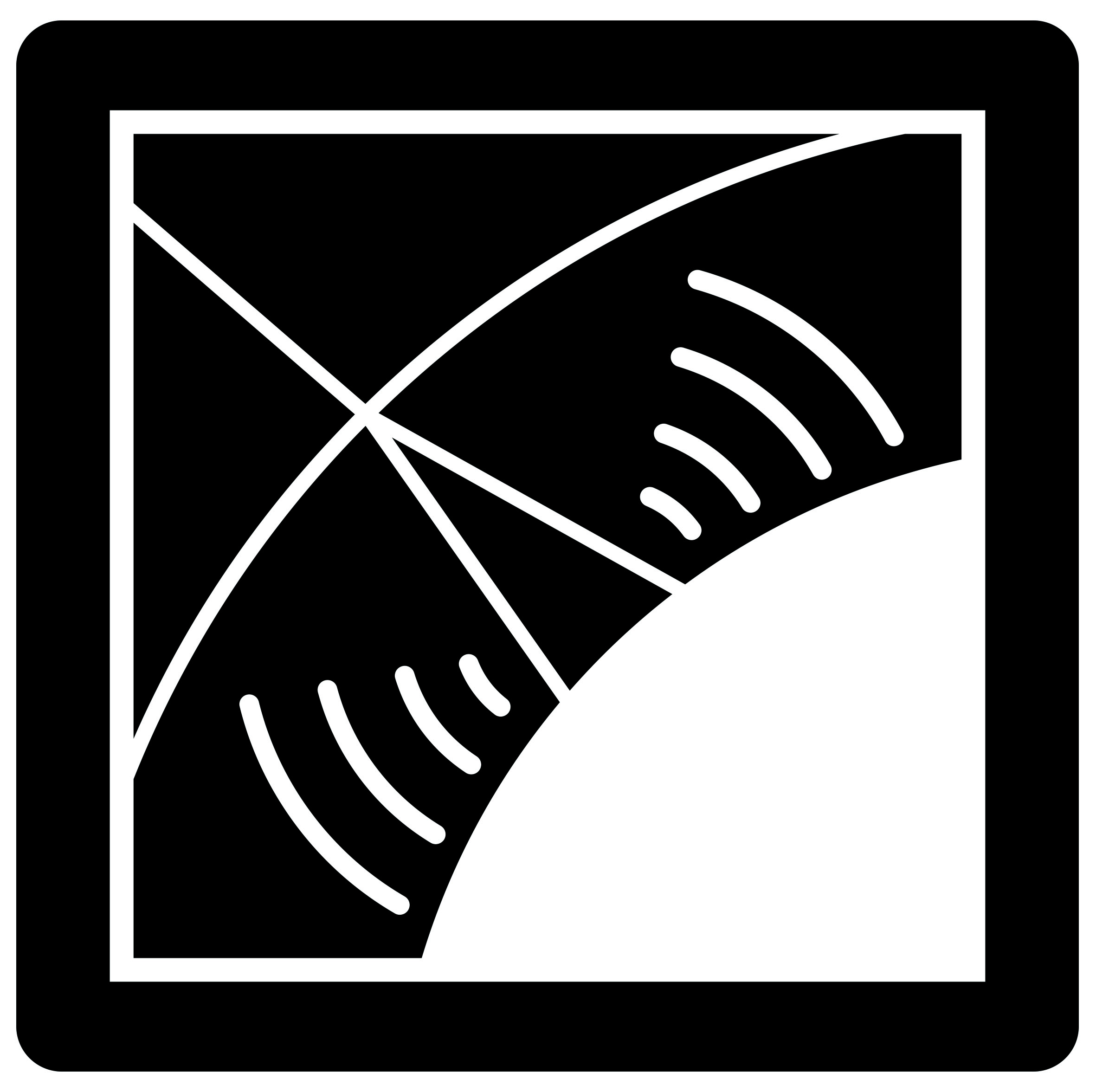2007: Arnaud Belletoile
Radio-detection of cosmic rays was first attempt in the early 60’s. Unfortunately, at that time, results suffered of poor reproducibility and the technique was abandoned in favor of direct particle and fluorescence detection.
Nowadays, the ultra high energy cosmic rays constitute an area of scientific interest of first plan and the extreme rarity of those particles implies development of huge detectors. In this context and taking advantage of recent technological improvements, the radio-detection of ultra high cosmic rays is being re-investigated in order to enhance the statistic of experiments besides already existing methods.
In this document, we first remind to the reader the global problematic of cosmic rays. Then, the several mechanisms involved in the emission of electric field associated with extensive air showers are discussed. The CODALEMA experiment that aims to demonstrate the feasibility of cosmic rays radio-detection, is extensively described along with the obtained results. And finally, a radio-detection test experiment implanted at the giant detector Pierre Auger is presented. It should provide inputs to design the future detector using this technique at extreme energies. Online access to his document (Thèses en ligne)
